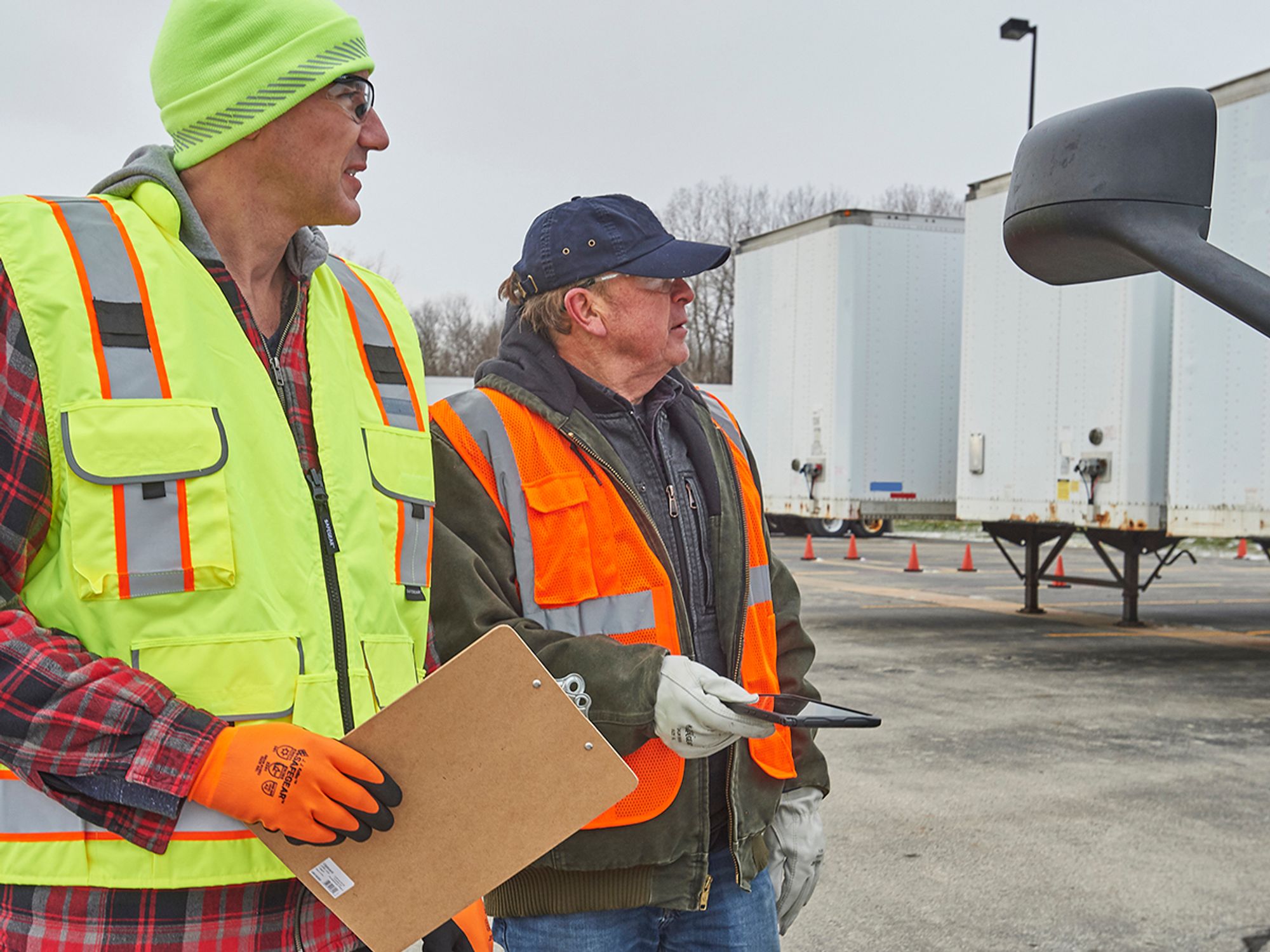Attainment and nonattainment areas

- Facilities in nonattainment areas will be subject to more restrictive permitting, and to mandated federal pollution control measures.
The United States is divided into different geographic areas known as “attainment areas.” An area that does not meet its national ambient air quality standards (NAAQS) is called a nonattainment area, and the Clean Air Act (CAA) requires each state to develop a State Implementation Plan (SIP) to identify sources of pollution and determine which reductions are required to meet federal air quality standards. Being out of attainment (i.e., nonattainment) can result in an area losing federal funding for highways and other transportation projects.
Facilities in nonattainment areas will be subject to more restrictive permitting, and the area will be subject to mandated federal pollution control measures. In addition, the federal government can impose special requirements for vehicles, such as emissions testing, that can affect ordinary citizens. Certain fuel blends may also be required for the area.
Once an area is found to be in nonattainment, the state, county, or area has three years to address the pollution and create an implementation plan describing how it will meet and maintain the standards. The plan must address reducing the criteria pollutants through pollution controls for stationary sources and vehicle emissions testing requirements for mobile sources.
